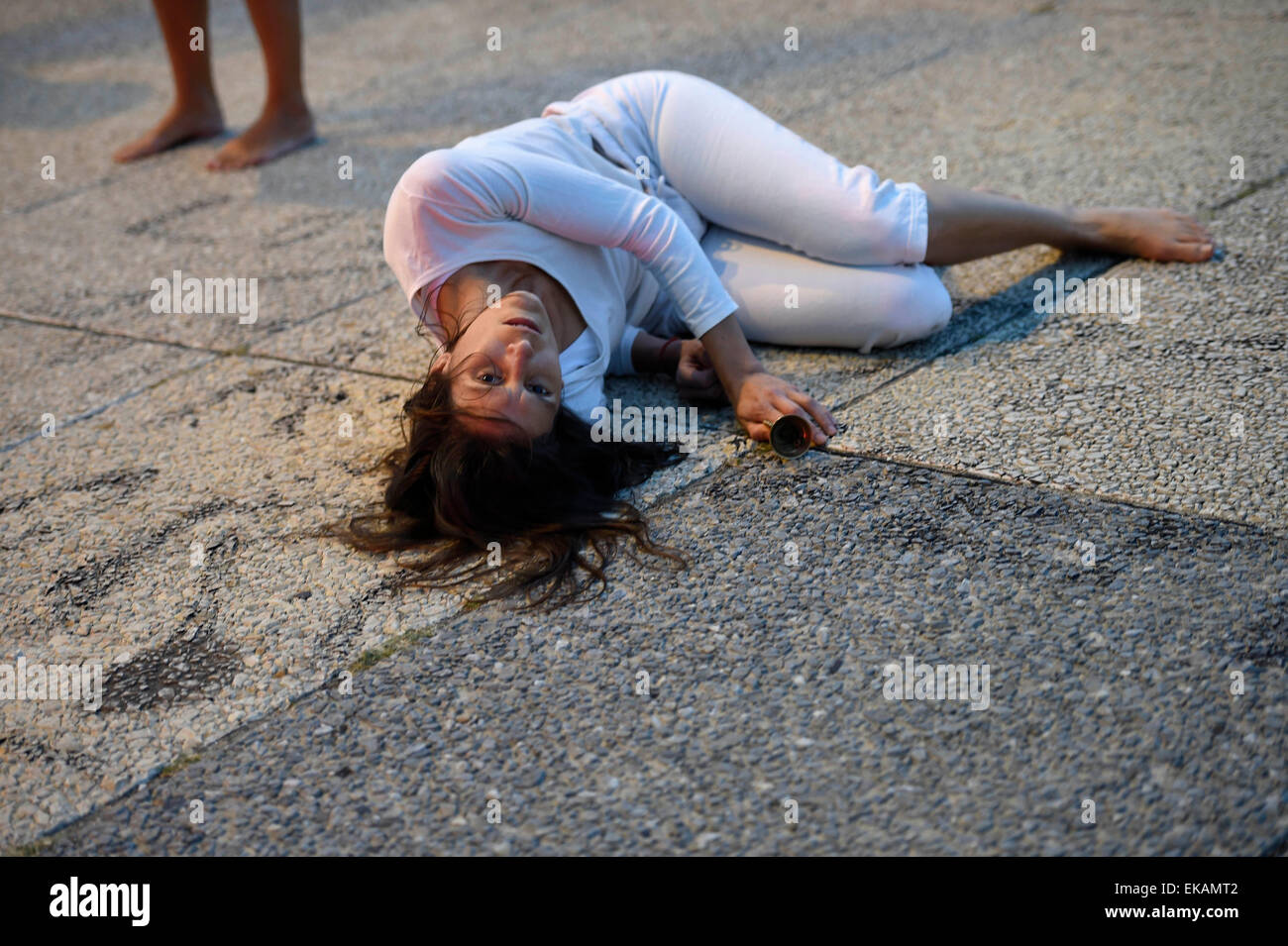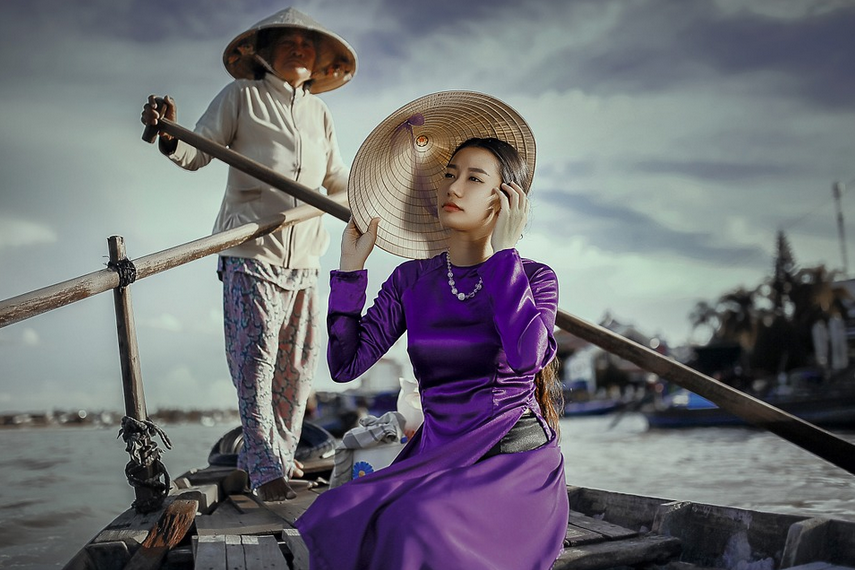Wynflæd, a rich noblewoman who lived in the tenth century, left a variety of possessions in her will, together with two highly expert slaves, ‘a girl-weaver and a seamstress’. To Eadgifu, her granddaughter, Wynflæd gave two chests, her finest bed-curtain, her best tunic and cloak, her old filigree brooch, a long tapestry and a cook dinner. The conversion to Christianity of elite members of Anglo-Saxon society caused massive social change. Christianity was related to the spread of latest writing technologies and the knowledge of Latin. At the forefront of this movement was a bunch of girls of high status, who presided over ‘double monasteries’. These ‘double monasteries’ have been staffed by both women and men, based on the Frankish model, they usually have been main financial and mental centres. From the primary Germanic settlement of England in the fifth century until the Norman Conquest within the eleventh century, Anglo-Saxon society underwent dramatic social, financial and political change.
For most British women, the empire supplied a spot of risk where they could experience a spread of alternatives denied them in Britain. At the identical time, till nicely into the 20th century, white women were not allowed to work outdoors the home sphere in empire, except in very specific occupations usually closed to British men, such because the education of colonized women. In most instances, white women sought to keep up a social distance between themselves and colonized women. Yet they lived in shut proximity to their female servants, and in many instances entrusted the care of their small children to them.
The rights and roles of ladies grew to become more sharply outlined, partly because of the event of the feudal system and the growth of the English legal system; some women benefited from this, while others misplaced out. The rights of widows were formally laid down in regulation by the tip of the twelfth century, clarifying the best of free women to personal property, however this didn’t essentially forestall women from being forcibly remarried against their wishes. The development of governmental institutions under a succession of bishops reduced uk mail order brides the role of queens and their households in formal authorities. Married or widowed noblewomen remained vital cultural and spiritual patrons and played an important half in political and military events, even if chroniclers have been uncertain if this was applicable behaviour. As in earlier centuries, most girls labored in agriculture, however here roles turned more clearly gendered, with ploughing and managing the fields defined as men’s work, for instance, and dairy manufacturing changing into dominated by women.
The Gilder Lehrman Institute Of Yankee Historical Past Superior Placement U.s.a. Historical Past Research Guide
Historians could disagree on the help or hurt that Emmeline gave to the ladies’s suffrage motion, however few doubt she was considered one of its most inspirational figureheads. After years working for votes for women, however with little success, Emmeline, helped by her daughter Christabel, established the Women’s Social and Political Union as a militant wing of the ladies’s movement. Their campaign of window-smashing, arson and violent demonstrations led to common arrests, hunger strikes and brutal pressure feeding, which inevitably drew mixed public reaction.
The Society for the Oversea Settlement of British Women was created in 1919 to facilitate the transportation of female migrants to the previous white settler colonies. To do so, the SOSBW worked with various domestic and dominion teams to search out the most suitable women for migration, while additionally meeting the dominions’ calls for for specific kinds of staff, particularly women for work in home service. Wills and different paperwork provide evidence for female literacy in Anglo-Saxon England. One-third of all the surviving wills from this period have been made on behalf of girls.
British Women Pilots Association
Other parts of the sexual revolution included the event of The Pill, Mary Quant’s miniskirt and the 1967 legalisation of homosexuality. There was a rise in the incidence of divorce and abortion, and a resurgence of the women’s liberation motion, whose campaigning helped safe the Equal Pay Act and the Sex Discrimination Act in 1975. The Irish Catholics, historically the most puritanical of the ethno-spiritual teams, eased up slightly, especially because the membership disregarded the bishops educating that contraception was sinful. Feminist writers of that interval, such as Alva Myrdal and Viola Klein, began to allow for the possibility that girls ought to be able to mix home with exterior employment. Feminism in 1950s England was strongly connected to social accountability and concerned the nicely-being of society as a complete.
Women as an entire have been affected by these developments, but it is also clear that queens, abbesses and different intellectuals could possibly be the instruments of change. In the final 20 years, postcolonial feminism has demythologized the British Empire by highlighting the insidious legacy for colonized women that, in lots of places, nonetheless exists at present. Throughout the nineteenth century, the British claimed that the empire maintained the Pax Britannicaor peace of Britain. However, in what has been referred to as Queen Victorias Little Wars, the British Army was at warfare someplace around the world every year throughout Queen Victorias reign. The British Empire was at its largest following World War I, when Britain was granted control of a variety of German colonies within the Treaty of Versailles. Ironically, at the moment the empire was beginning to implode due to the growth of nationalist movements within the colonies and the debt from the war. The means of decolonization accelerated after World War II, as nearly all of colonies gained their independence and joined the British Commonwealthbasically a buying and selling group.
Although first printed in 1928, the discharge in 1960 of an inexpensive mass-market paperback model prompted a court case. The prosecuting council’s question, “Would you need your wife or servants to learn this e-book?” highlighted how far society had modified, and the way little some individuals had seen. The e-book was seen as one of the first events in a general relaxation of sexual attitudes.
This often came at the price of the liberation and personal fulfillment of self-declared feminists. Significant gender inequities continued throughout the interval, as women typically had more restricted life-decisions, access to employment and trade, and authorized rights than men.
Although the method of decolonization is often portrayed in British textbooks as peaceable, in fact this was not the case, notably in India and Kenya. We asked a panel of consultants – all leading feminine scientists or science historians – to vote for the ten women in British history who have had the most influence on science to rejoice the Society’s 350th anniversary in 2010. The panel comprised Professors Lorna Casselton, Athene Donald, Uta Frith and Julia Higgins, all Fellows of the Royal Society, and Dr Patricia Fara, an eminent historian of science.
Asser’s Life Of King Alfred
With victory within the Falklands War and her narrow escape from an IRA bomb in Brighton, her reputation soared and, in 1987, she won a then unprecedented third general election. But her Euro-sceptic and Poll Tax policies had brought on division in her cupboard and, in 1990, she was compelled to resign as get together chief.

While British women in the empire had been all the time outnumbered by British men, from the start of empire women traveled to many websites of empire, the place they established houses and located opportunities and a lifestyle not available to them in Britain. Encouraging white British women to journey to the colonies was seen by the British as a way to defend and maintain the social hierarchy of the colonial world, while preserving British racial purity. As Britain’s first feminine prime minister , Mrs Thatcher’s place in historical past is guaranteed. Yet it is her 11 consecutive years as PM, unmatched within the twentieth century, and her function as the primary girl leader of a major Western democracy, that make her one of the dominant figures in fashionable politics. As chief of the Conservative Party, her pro-privatisation coverage and public-spending cuts naturally introduced her into open conflict with trade unions and socialists, earning her the nickname the Iron Lady.
The historical past of the 20 th-century English suffrage movement is dominated by the militant management of the WSPU. The mass militancy of girls little question was a significant component in forcing the Liberal authorities to grant women’s suffrage in 1918. Thus, the US and British girl’s suffrage movements clearly shared many features.
First, in England, unlike the United States, suffrage was by 1866 based mostly on property as well as gender. The Liberal and Conservative Parties weren’t excited about increasing suffrage in any respect; the unconventional and labor actions, which did argue for increasing adult suffrage, ignored women. To these groups, “adult suffrage” was the code word for “adult male suffrage.” However, the political argument for girls’s suffrage, Votes for Women, meant voting rights on the same foundation as men. Thus, given the exclusion of non-propertied working-class men from the citizens, Votes for Women in England meant votes for propertied women. Along with the longstanding political and social relationships between the British and US actions, there were similarities each within the circumstances that these actions faced and of their types and approaches. In the interval before the American Revolution, propertied women in a number of colonies might vote, however when the US Constitution was ratified, states particularly gave men the vote. (New Jersey briefly granted property-proudly owning women the vote but rescinded it quickly afterwards.) In England the reform bills of 1832 and 1867 respectively excluded women.






